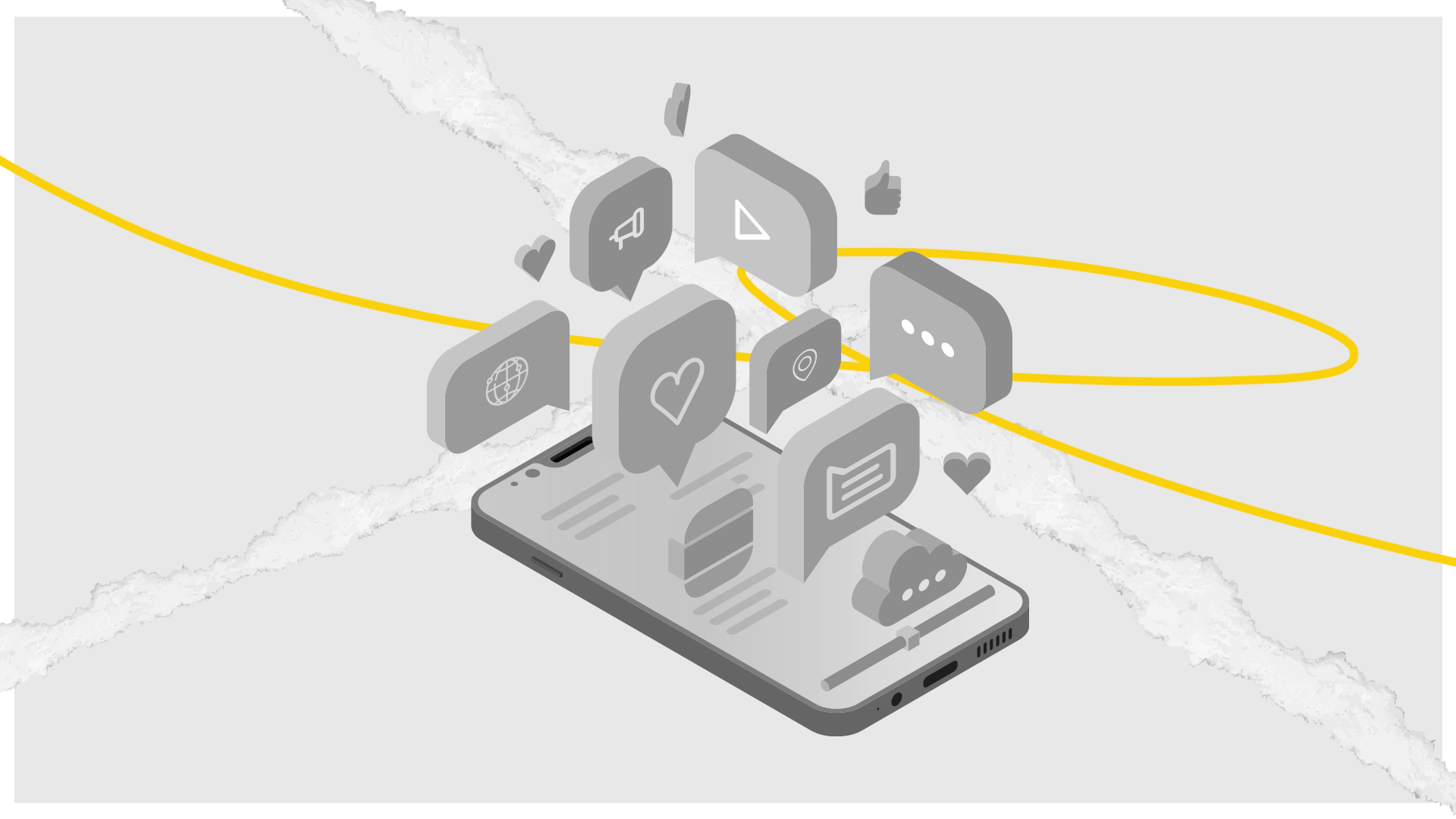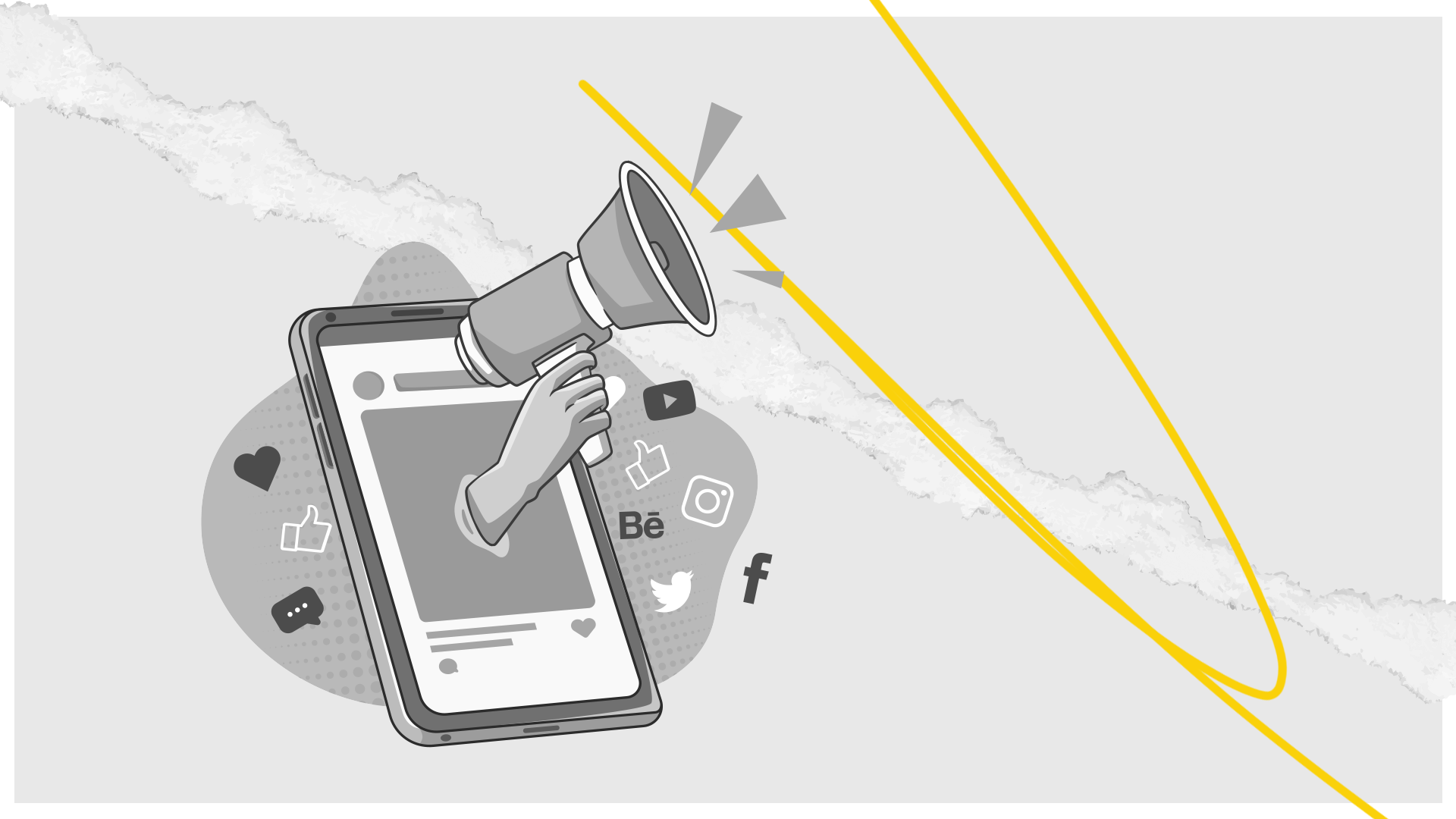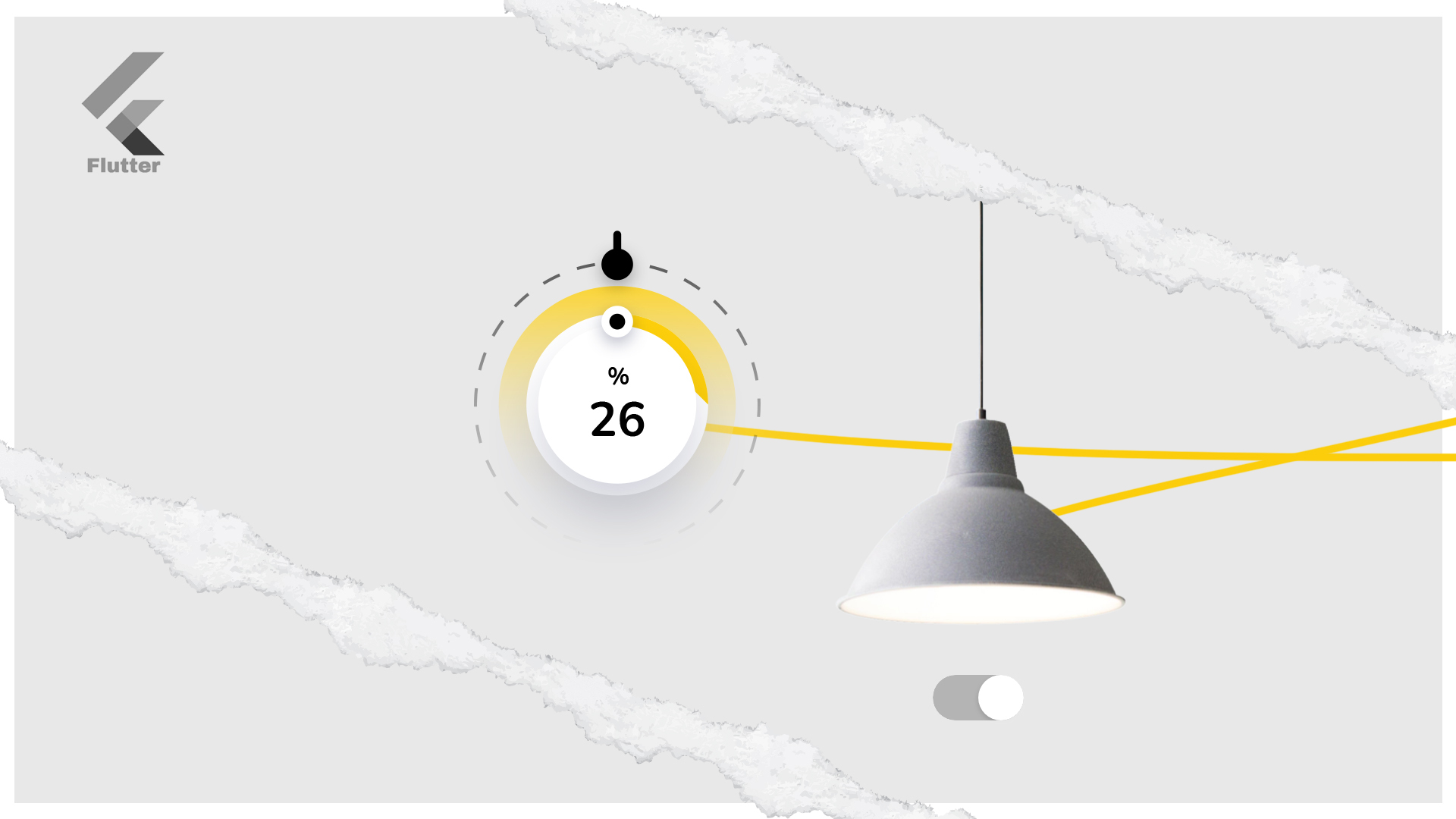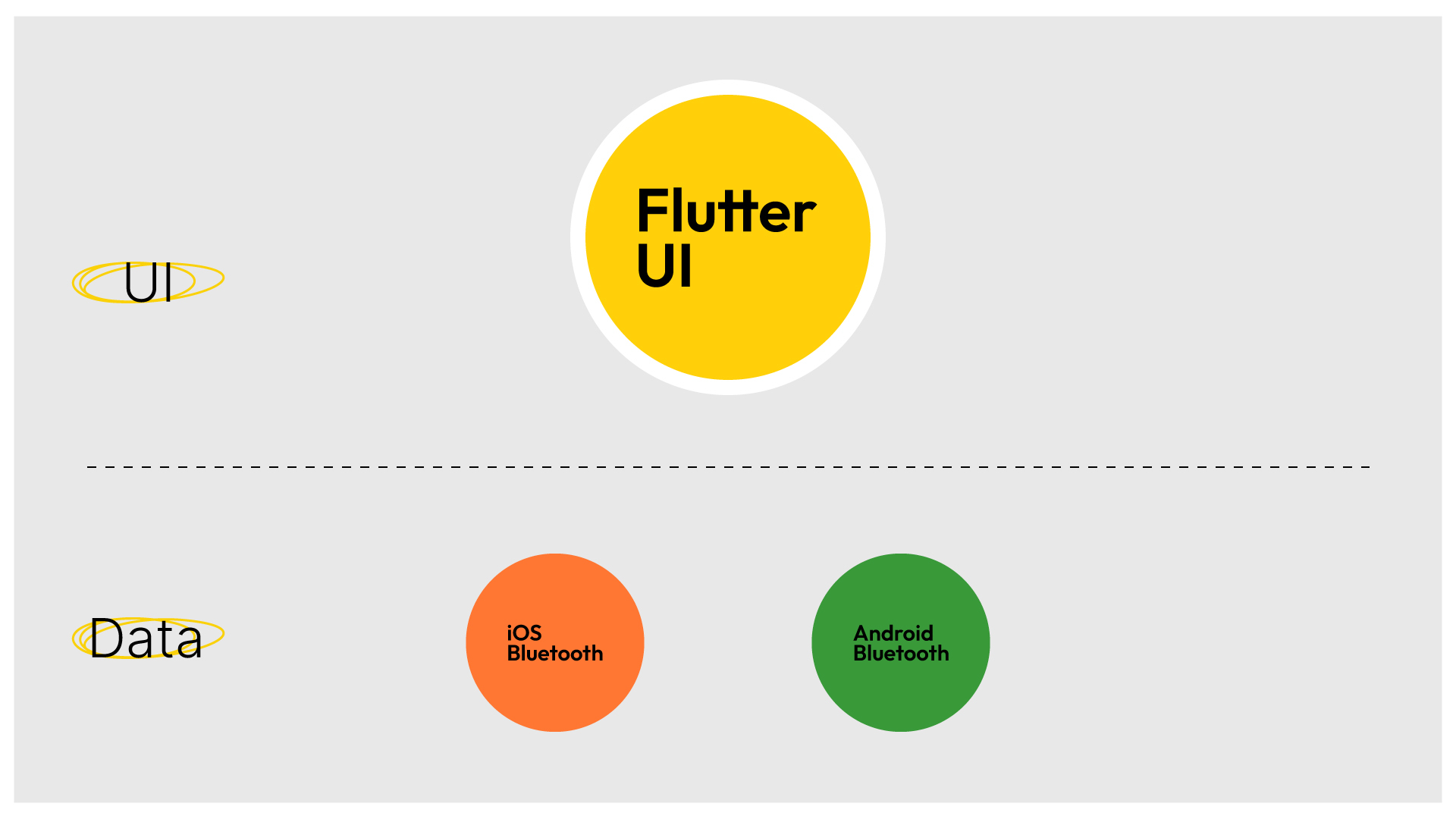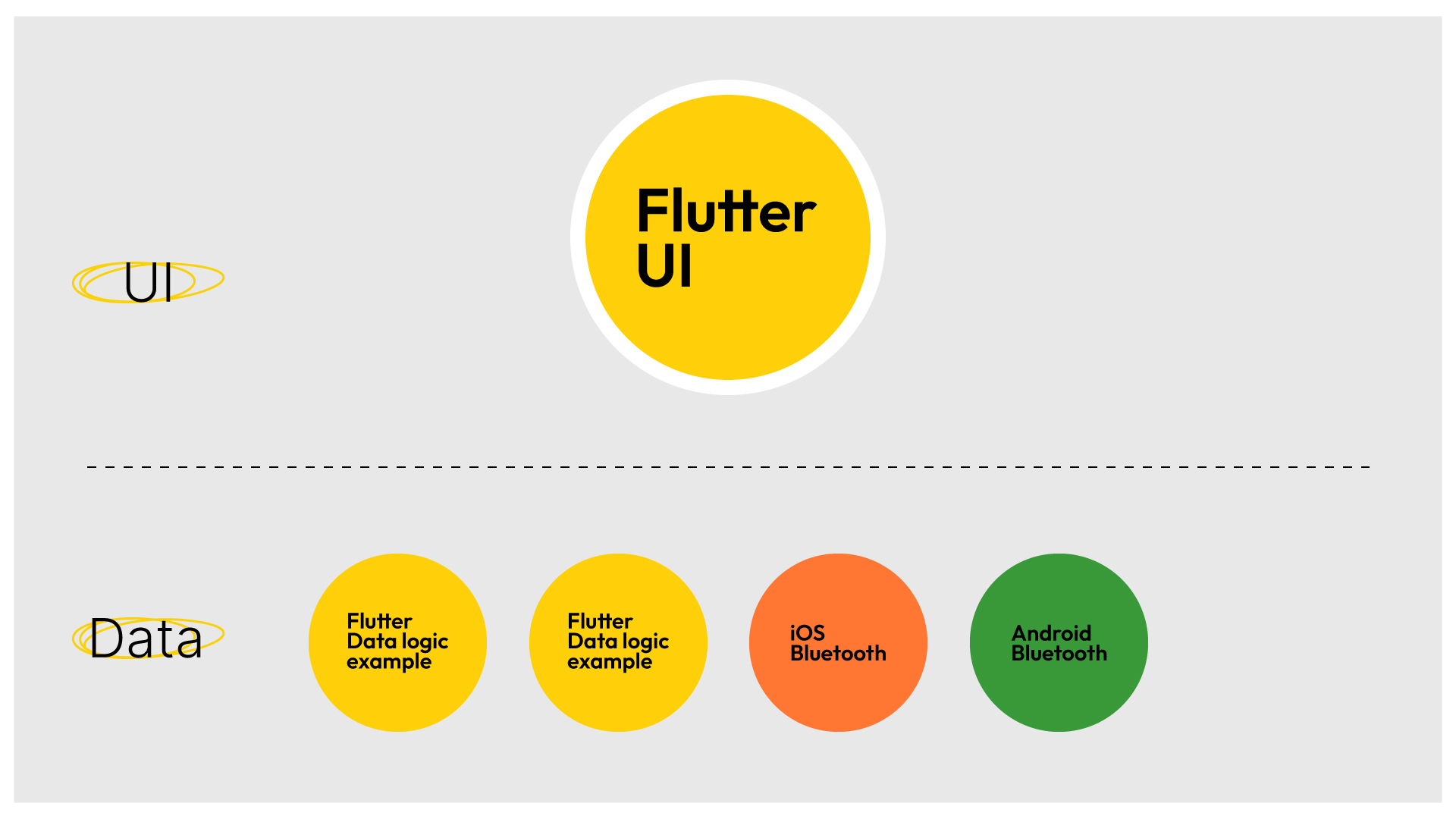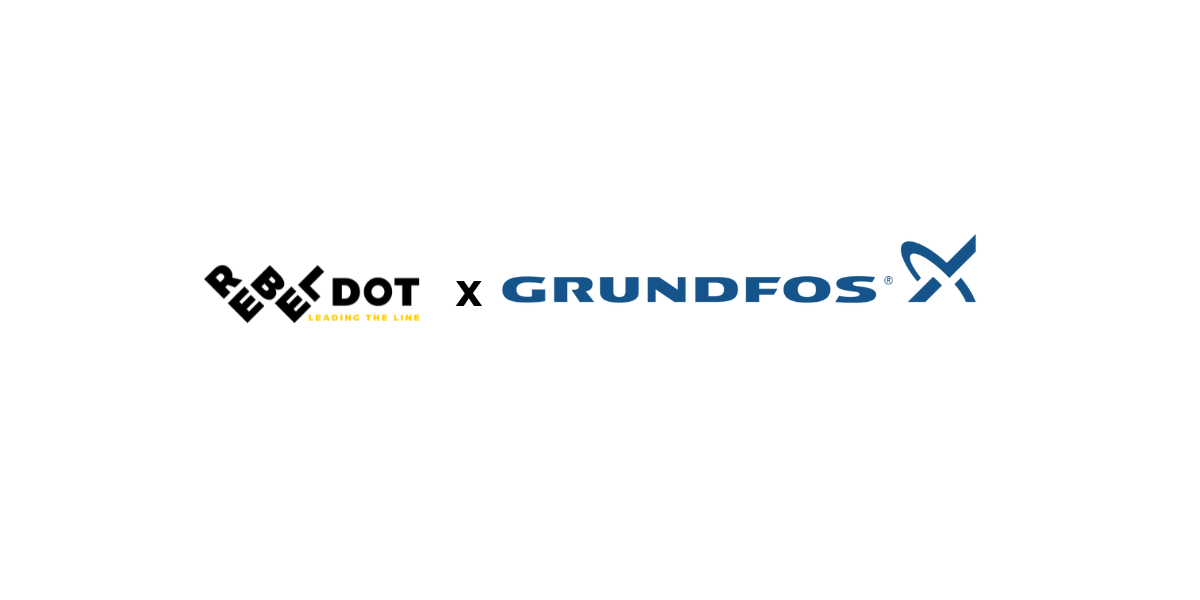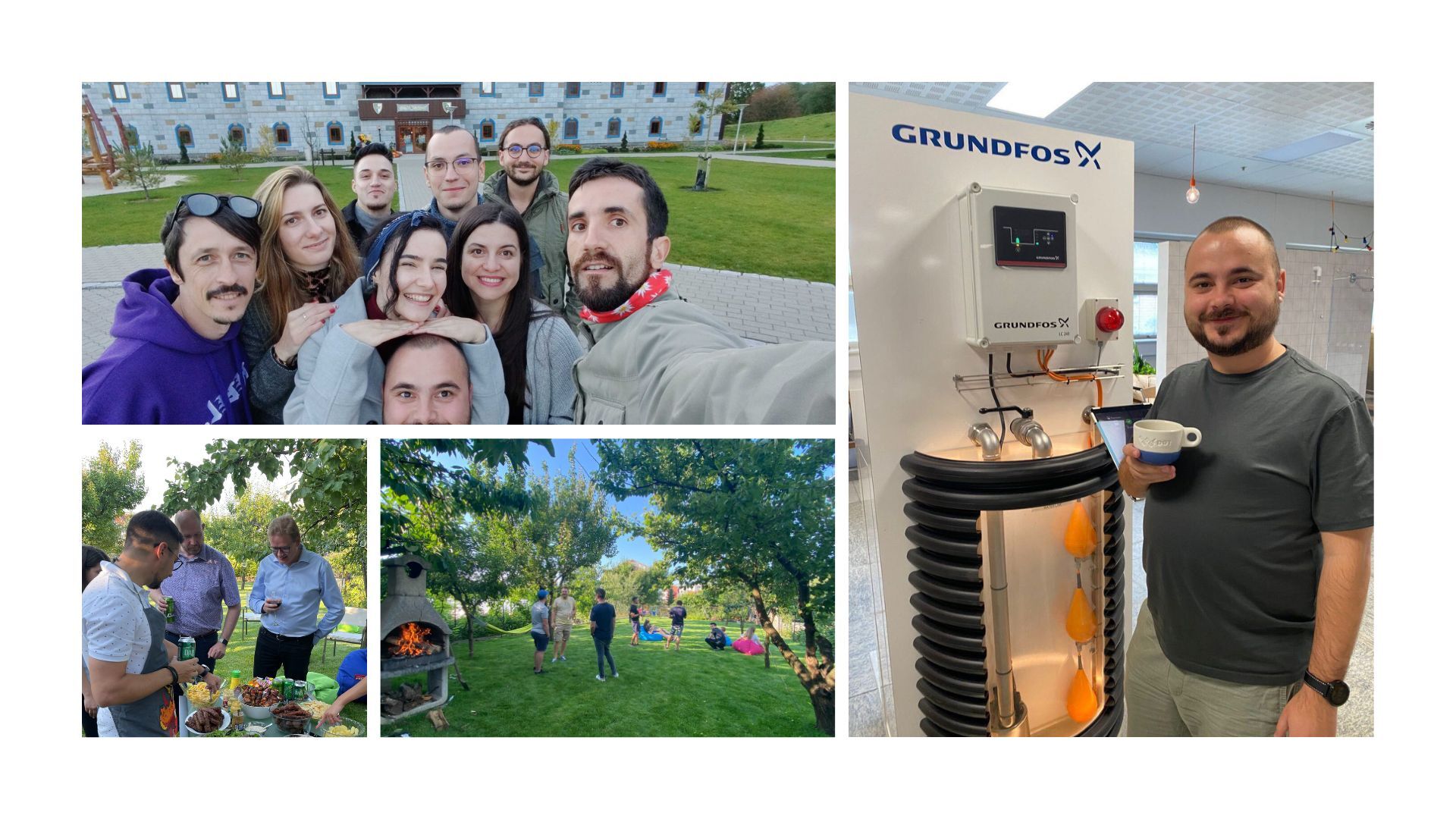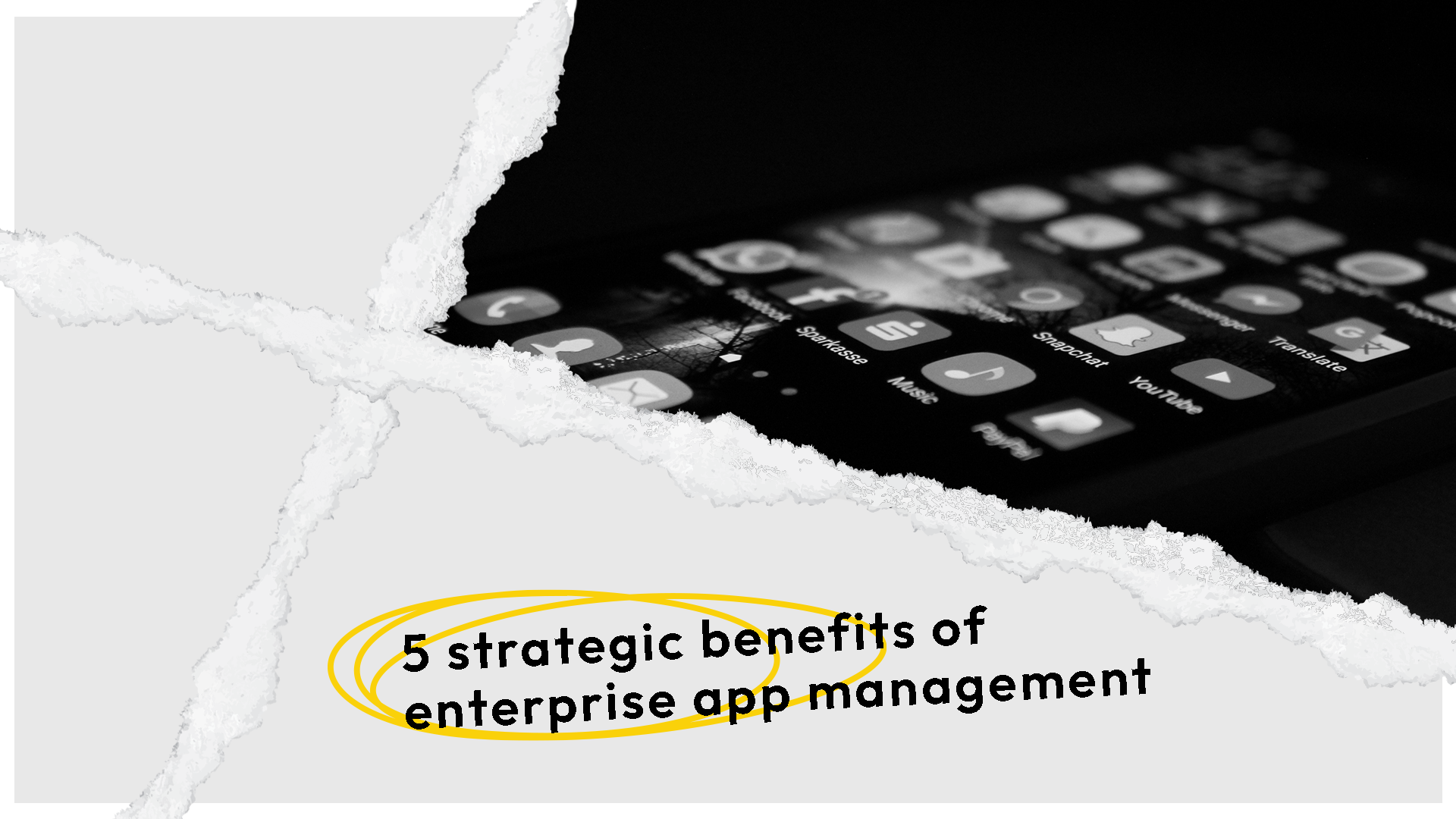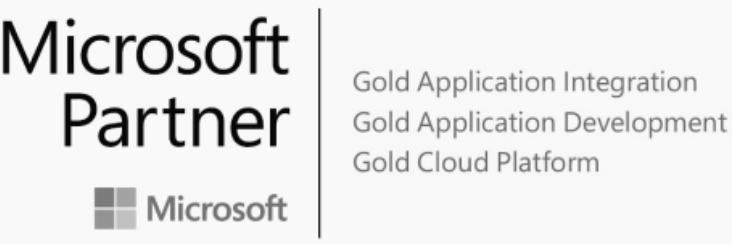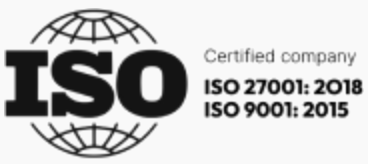In a world where we are still recovering from the mentality that Human Resources is more about numbers and less about, well… humans, I felt lost for a while.
Please don’t get me wrong, I know that a recruiter’s job is to fill up the open roles. But it feels like some companies got stuck in that old, factory-like mentality, where they don’t care that much about employee satisfaction but simply about scaling the team to do the job.
Brief history of Human Resources
Around 1770 we first heard that employee health is essential for the organization’s health. In the 1920s the Human Resources domain was focused mostly on hiring, evaluation, and compensation.
In the 1970s, companies experienced increased competition in the market as technology was quickly evolving, experiencing globalization and deregulation. This was the context that favorized the appearance of human side management.
So, in the past, people were considered to be resources. The risk of that is depersonalization, commoditization, objectification, etc.
Even nowadays, we can hear about the fact that candidates are resources that have to be sold to the company and then to the client and again.
That can sound like we do not talk about humans anymore.
Luckily in the past years, a lot of recruiters have been focusing increasingly on the human element from Human Resources.
Now let me tell you a story about my experience in the Human Resources world, some information about the hiring market, and what I am doing now.
“Hi,
Adriana here from the People & Culture team of RebelDot. Thank you for taking the time to read my message, I know you get tons of them. I would be more than happy to get a chance to tell you about our company and our way of working, but firstly, I would love to get a chance to get to know you, especially about your learning and growth needs.”
A story about a rebel recruiter
If that phrase looks familiar to you, you may have got a message from me or one of my colleagues.
As I wrote earlier, I am Adriana, part of the People and Culture department of RebelDot, a Trainer and a Coach in personal and professional development in my spare time.
Since I was 8 years old, I have been really drawn to observing and getting to understand the human psyche in my own child-like way. Over the years, I figured I should study this in the future. I got this passion from my mother who studied psychology at that time, and years later, I made my dream a reality.
I was always intrigued by learning, development, and people, by wanting to understand why they are doing… everything and how they are thinking, what brings them motivation, and the list can go on.
After graduating from University, I was fascinated by professional satisfaction and work-life balance, so I started to explore on my own.
My career path was not a typical one, having worked mostly as a volunteer or doing my own gigs, my own businesses before gaining that much experience in typical 9 to 5 jobs. To be fair, I did not believe a company could care about their employees, before getting in touch with RebelDot. I know, I know, that seems to be cheap marketing, but they are just my raw feelings and thoughts materialized in words.
How the recruitment market is changing
Nowadays you may see a lot of people interested in work ethics, an existent match with the company values, sustainability, work-life balance, community, the existence of growing paths, learning possibilities, flexibility, and the list could go on.
Candidates now are more demanding (and that is a good thing) with their needs. A lot of companies are offering a variety of benefits, have amazing offices, and organize a diversity of fun and learning activities.
However, not only these elements, but also the salary package within the IT industry is changing which makes recruitment and employee retention processes more and more difficult to achieve.
People are changing.
Modern medicine is in constant development, life expectancy is extending and because of the time spent in formal, but also nonformal and informal education, young adults are starting their careers later than previous generations.
Meanwhile, career paths are no longer only vertical. It is more like a heartbeat steno gram.
We are living in a world with tons of professional possibilities that we could explore, and people are not scared anymore of taking gap years between studies. And from work too.
You are probably familiar with digital nomads who love to get in touch with other cultures and nature while still working. This way, companies have got to adapt to people, because people, as we can see in the current market, will never adapt to a traditional or old-school way of working.
Why?
Oh well, we are free human beings, and we know that.
*You may think that only Gen Z-es are like this but ask some Millennials about what is important for them, and you might discover that there are some similarities.
Are those changes bad? They certainly might be challenging, but changes are natural, normal and part of evolution. It just depends on us how we adapt and evolve with the market.
How sales-oriented recruitment processes look like
From the start I would like you to know that my purpose is not to say what’s right and wrong when it comes to ways of recruiting new talent.
My words would describe some differences I could observe between those two styles and what is more suitable for me.
I respect all recruiters and all my colleagues from the field. It is not an easy job. The market is constantly changing and sometimes it feels like there are more open positions out there than candidates.
So, back to what we were talking about—sales-oriented processes. Now, this one is fascinating.
As I said earlier, some companies still believe that recruitment is all about sales and numbers.
Indeed, as sometimes it happens that recruiters must fill up the position ‘yesterday’ (preferably), you may see why there is a need for fast recruiting.
And yes, in RebelDot we have similar needs too, but we never forget about our standards, values and culture.
A common thinking in sales is “you have to sell the company to the candidate and the candidate to the company”.
This phrase always made me feel like I’m losing the human in the process. It feels like there is kind of a transaction there. This type of communication is like those discussions we have on first dates, where only the best parts are exposed.
What I felt in this kind of recruitment process is that the information went to a salon and had a makeover and sometimes, the first impression could be slightly different from reality.
Also, I could not stop looking at the fact that, most of the time, it was a need for finding the candidate fit for the role, but the fact that the opportunity needs to be a fit for the candidate too, may be sometimes out of focus.
What I found in RebelDot and how we do human-oriented recruitment
What counted the most when I had to choose between companies was that they shared my values: work ethics, transparency, care, freedom, learning, and growing flexibility, and community.
I was also skeptical in my first days, but pleasantly surprised to discover that values are not only some nice words that RebelDot is using, but something that I could feel when talking to my colleagues, with the CEO and when seeing how people work.
You do not have to take my word for granted, you could come to our Rebel Cafe and judge for yourself.
Please allow me to share with you a conceptual flow of how we recruit people at RebelDot, referring to each of our 5 values.
This approach makes me happy and proud to look for new people to complement our amazing teams.
1. Care at first sight
In the beginning of this article, you can see the way I am texting candidates.
That’s because I am genuinely curious to discover the person, the human behind the profile.
The first step is to read the entire profile.
The second step is to think about what would be the most suitable project for the candidate, based on his/her experience and the preferred tech-stack.
The third step is to formulate a custom message addressing my questions and explaining the opportunity details.
The fourth step is setting a discussion and after that, I always get back to them with feedback that would help my candidates to understand what we think they could work on and some aspects that we appreciate.
Every recruiter value something above all, and that for me is taking my time to compose proper feedback and send it to the candidate asap.
2. Growing together in our internal communities
We all know the struggle about the experience and knowledge.
Working in different companies, with different tasks and complexities, can mean that sometimes the level of knowledge is different. This is something natural and depends on the projects the candidate is working on, or the way tasks are split inside the teams. Also, we must be aware that there are a lot of people who work and learn a lot in their spare time.
All of that can lead to a diversity of seniority levels profiles with a variety of characteristics.
So, sometimes, the level of experience by years is not always equal to the level of knowledge.
What we are trying to see in candidates is the attitude, the fit with our values, because you could always grow skills, but to change attitude is quite challenging.
We are also not a fit for everybody and not everybody is a fit for us.
3. Togetherness – in exploring and decision-making processes
In our discussions, we try to identify the best fit for the role, so, at first, we set a ‘get to know’ meeting followed by a technical discussion. Of course, sometimes there is a technical test or challenge involved in the process.
We believe in helping people learn and improve their knowledge in RebelDot. However, we also understand that learning is something personal to each and every one of us and it can happen in so many ways.
As we have different knowledge and expertise areas, we always exchange feedback with the Engineering teams, when it comes to candidate selection, involving more perspectives into ensuring both technical and cultural fit.
When exploring the experience of the candidates and whether this team might be a fit for them or not, we establish from the very first interaction a participative process, in the sense that we have a dialogue, rather than a one-way conversation.
Also, as part of the decision-making process, we consult our colleagues from the engineering department to ensure that we make the best decision for us as a company, but, most of all, for the candidates, as people, to support them in their personal & professional development.
4. Do not forget to have fun with it
We are not really fans of the classic interview concept, so we are always trying to have friendly discussions so we can get to know each other, on a less superficial level.
We are always glad to discover the candidate as a human being, so we are looking forward to learning more about the candidate’s passions besides the job.
Also, we understand that an interviewing process might not be the most comfortable one, so we do our best to create a warm and open atmosphere, in which the candidates can be themselves.
5. Ensuring fullfillment throughout the entire experience
Nothing is more satisfying than treating candidates and all the interactions with respect, care, and attention.
Seeing our new colleagues integrating and growing as part of the team, well, that’s pure magic.
We are all about taking care of our rebels, so after joining our community, the new colleagues are involved in onboarding, and recurrent one-on-one discussions with their Team Lead and with a colleague from the People&Culture team.
Thriving in the current context
There is a variety in the market nowadays, so be sure you take your time to explore and reflect on what is important and suitable for you, even if you are a recruiter or a candidate.
Do not forget that you are not a fit for everybody and not everything is a fit for you.
And that is ok.
The world is full of opportunities and knowledge so make sure you are not staying for too long in the wrong place. Or not at all.
Remember to ask questions, because we do not have to blindly believe everything we hear and be patient when interacting with people and getting to know them better, no matter who you are.




